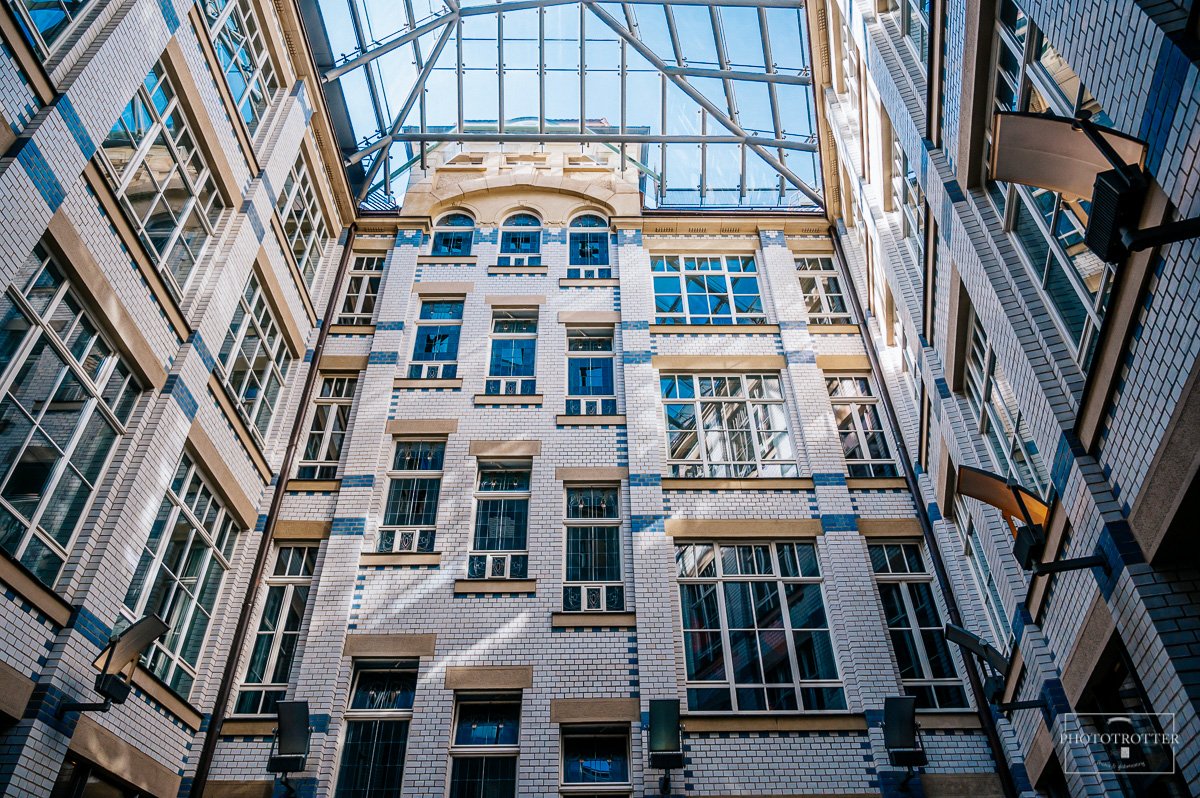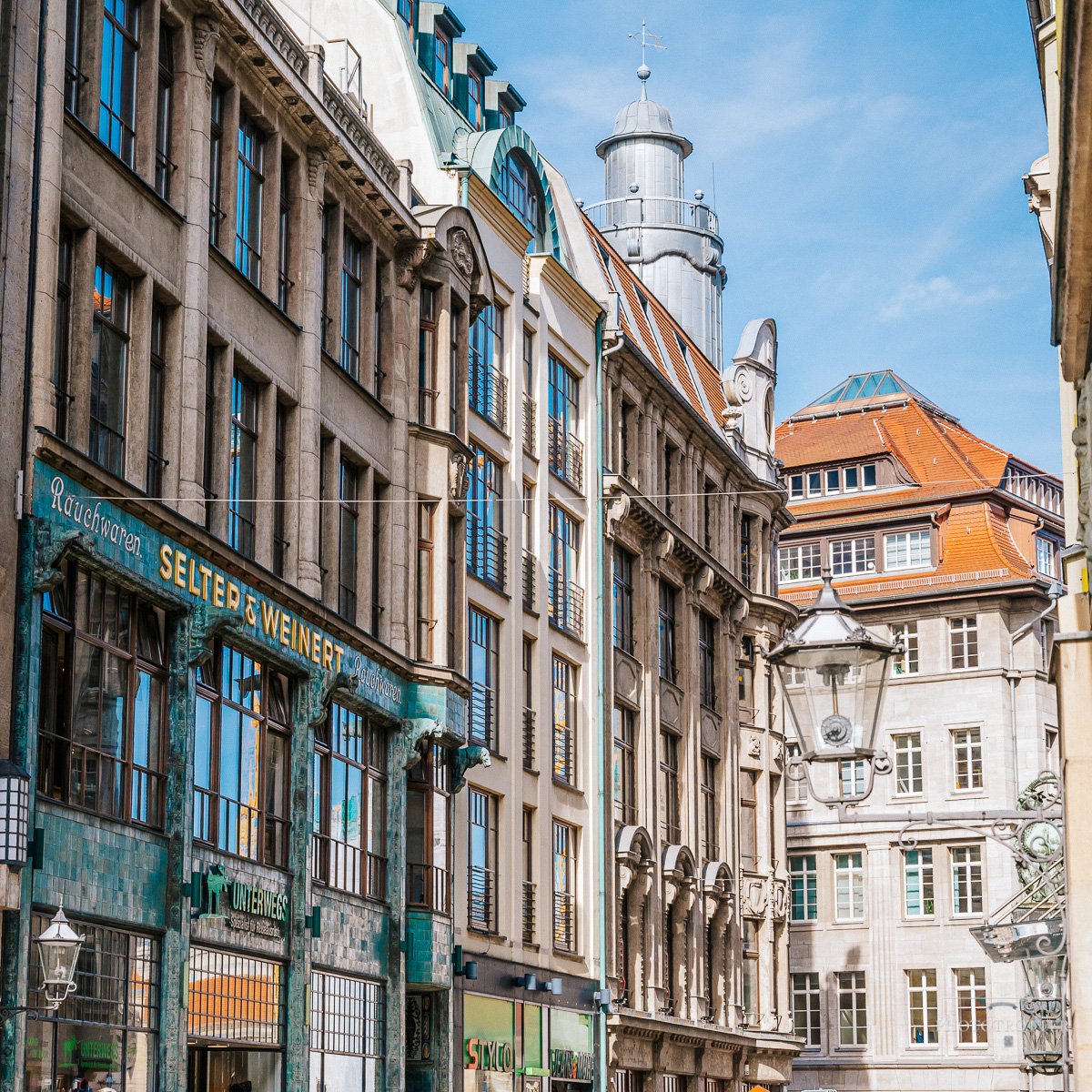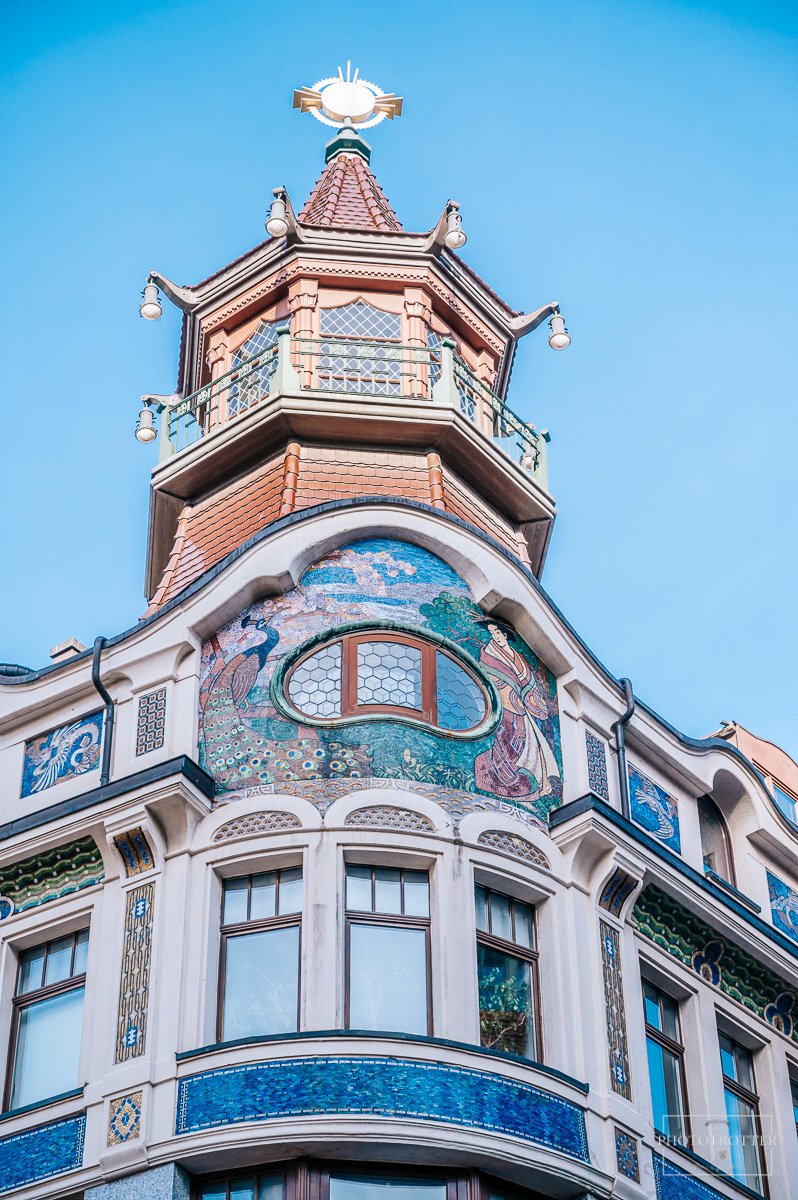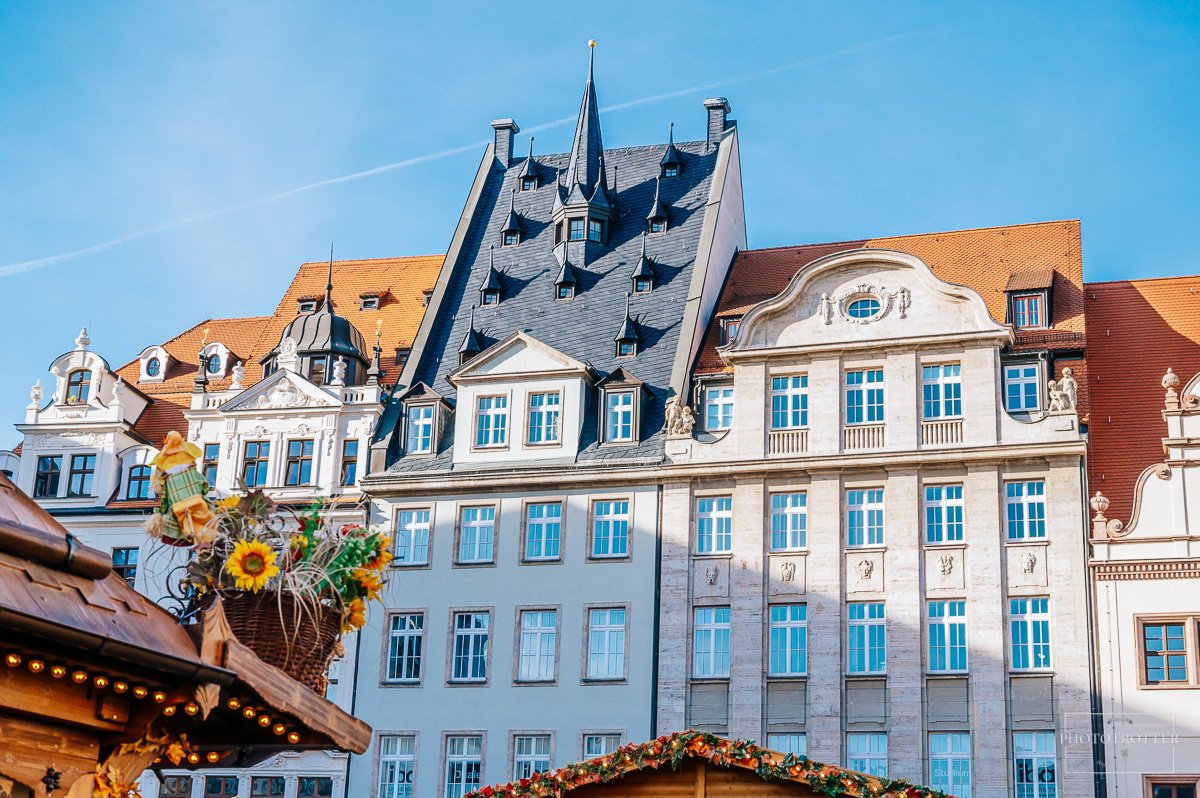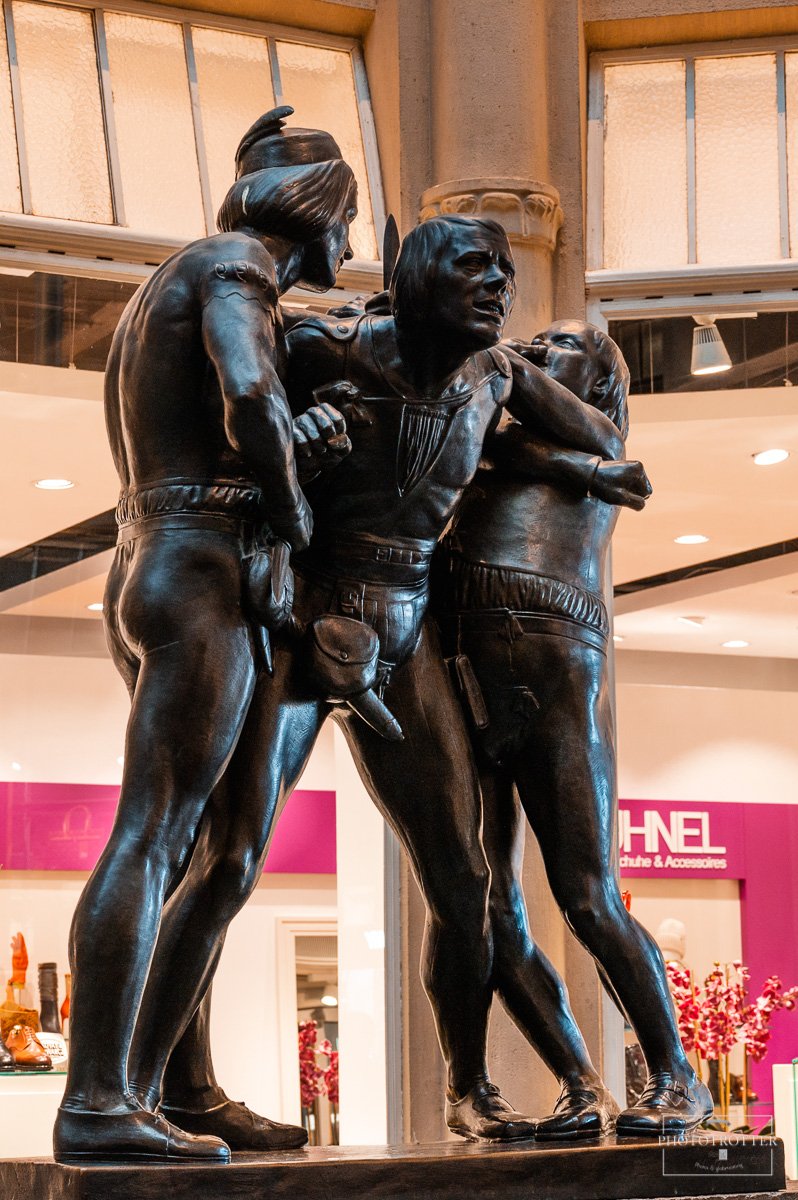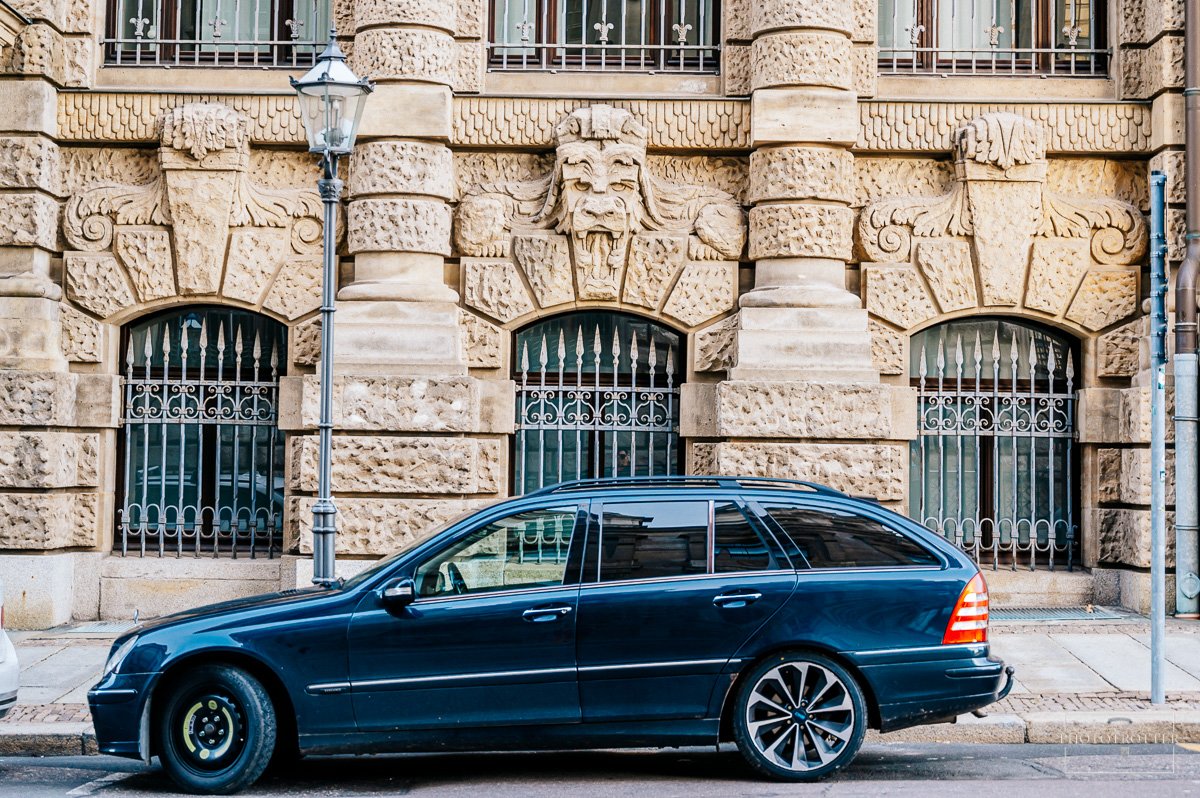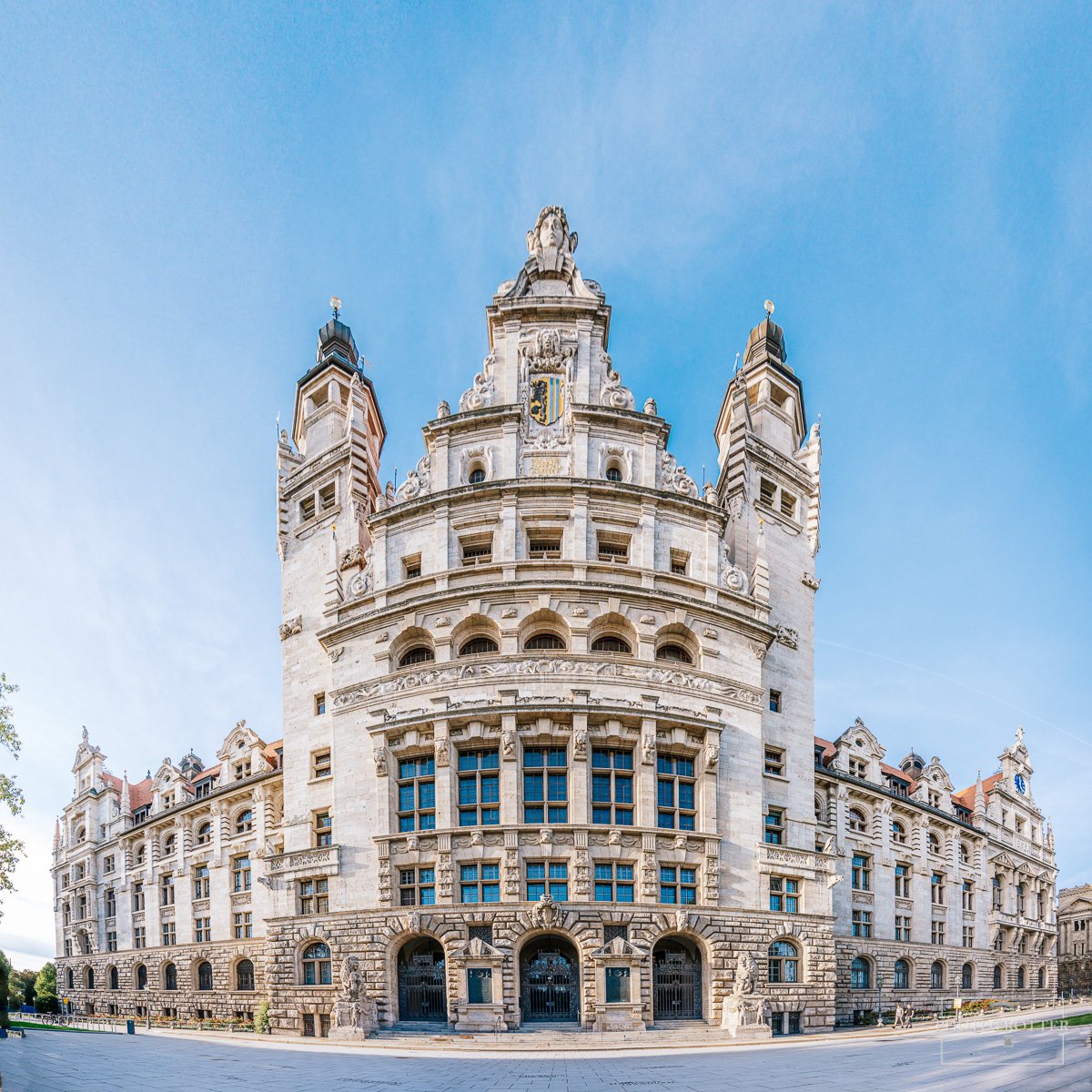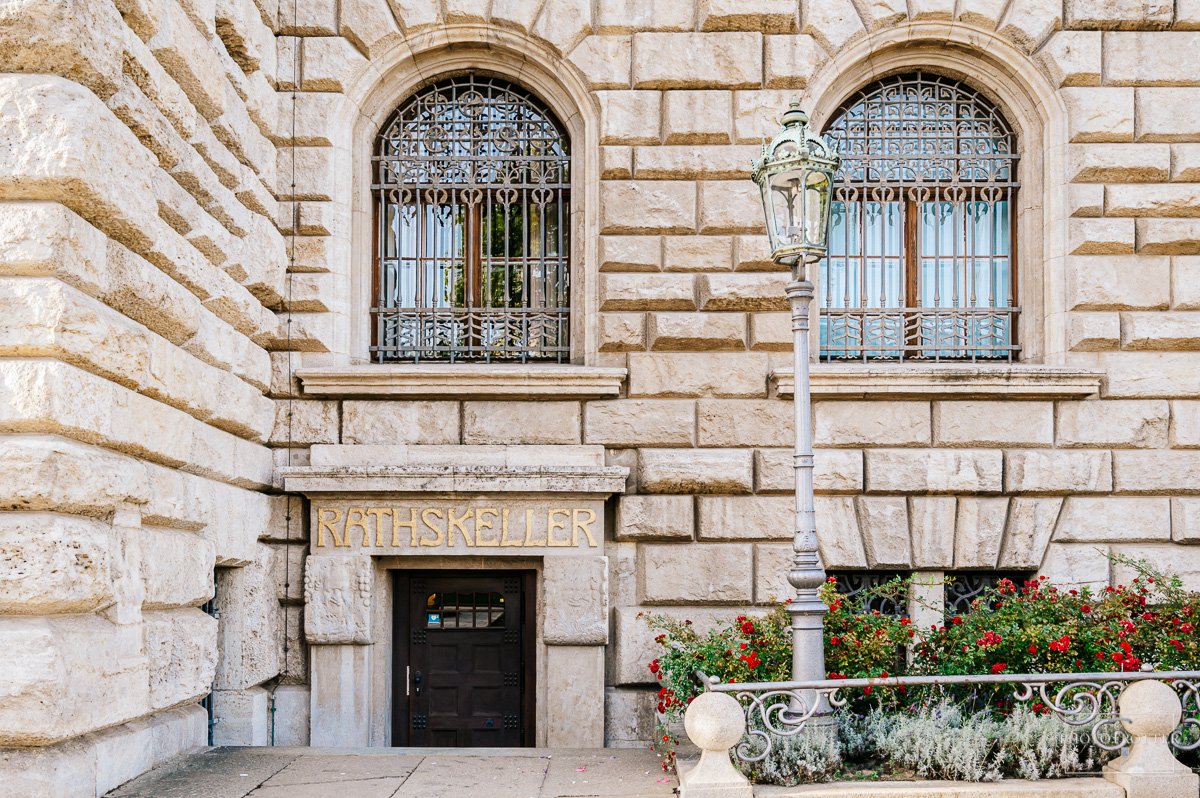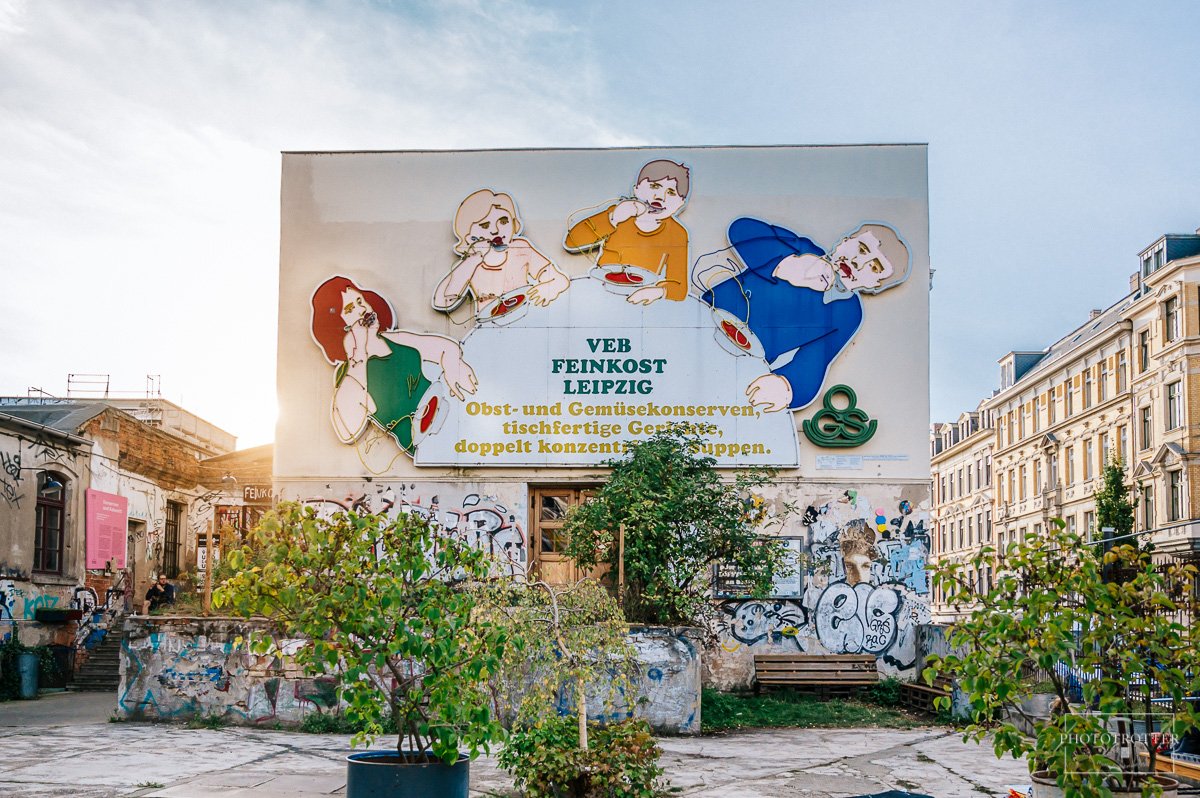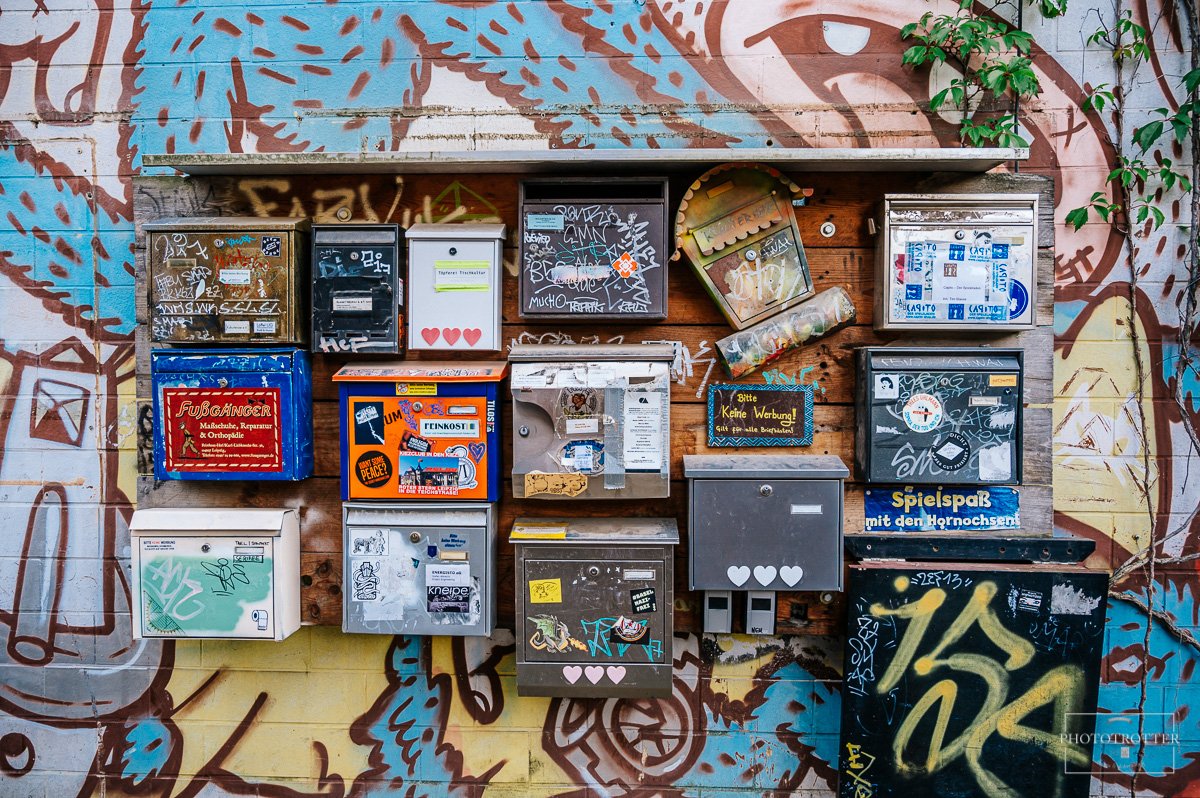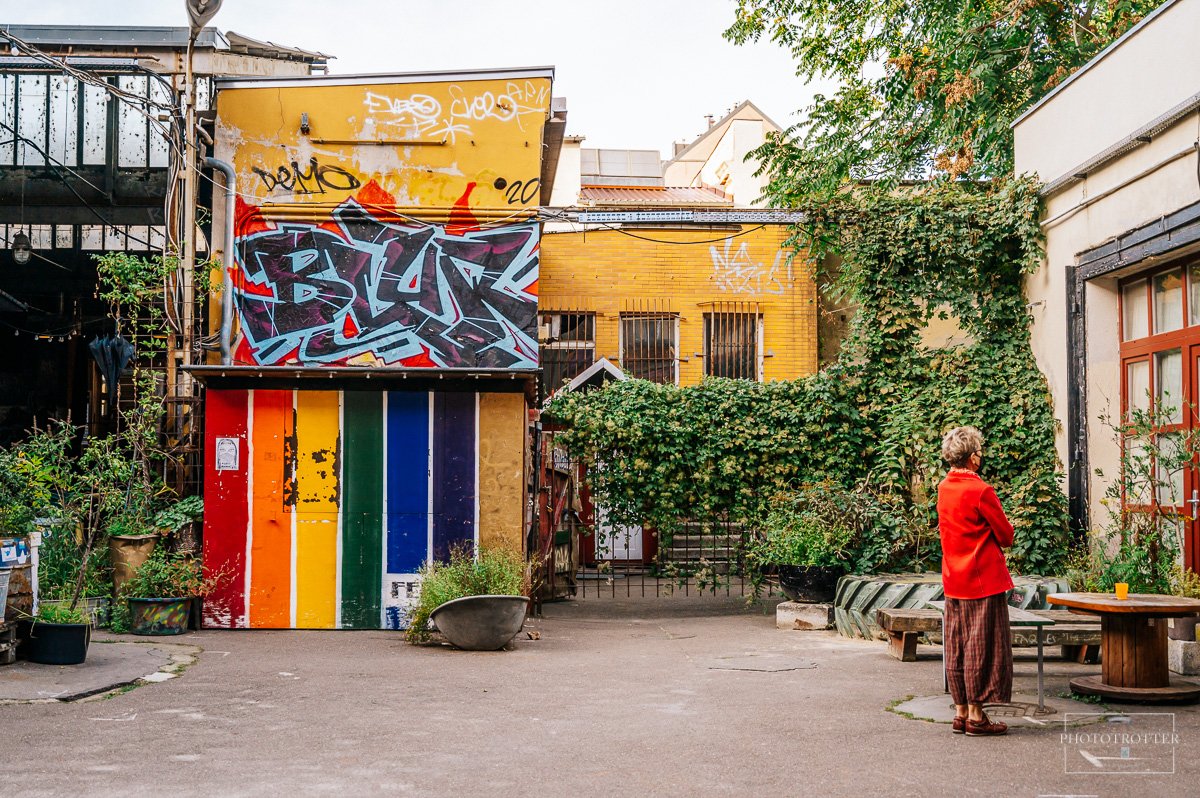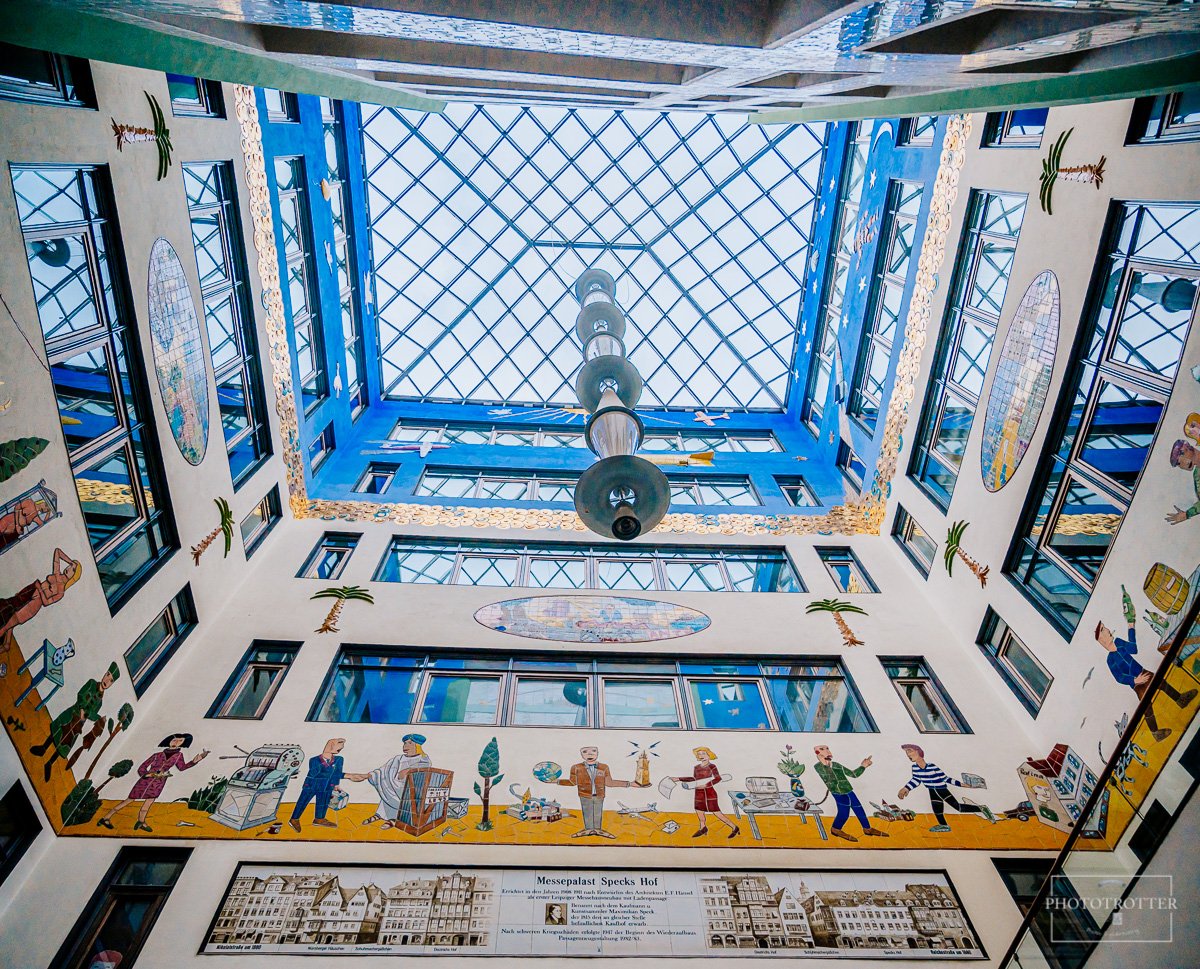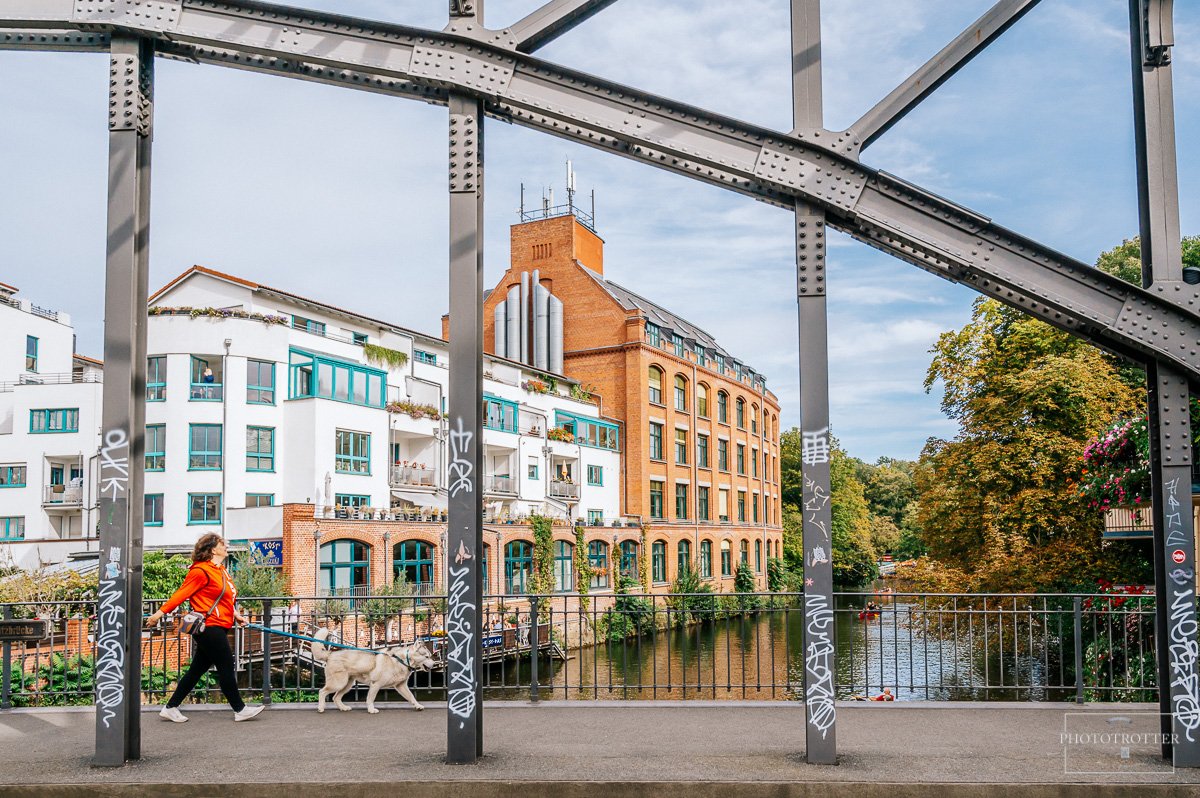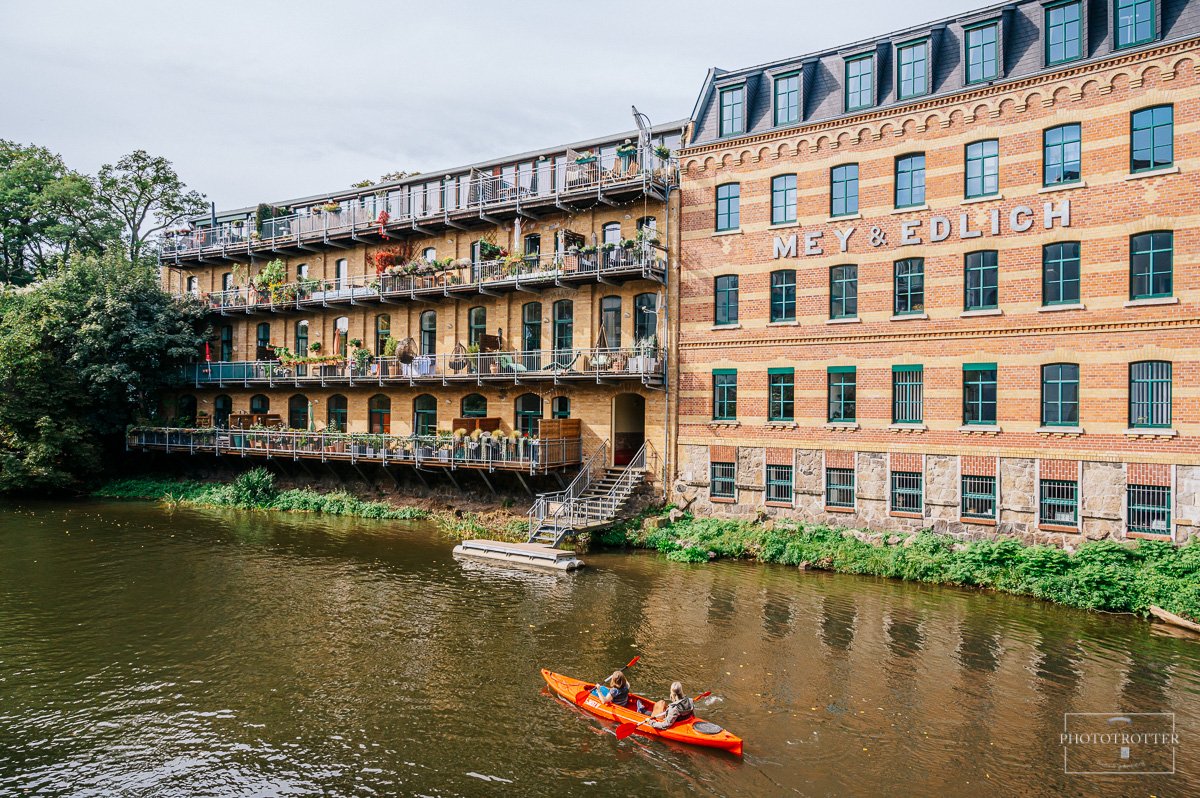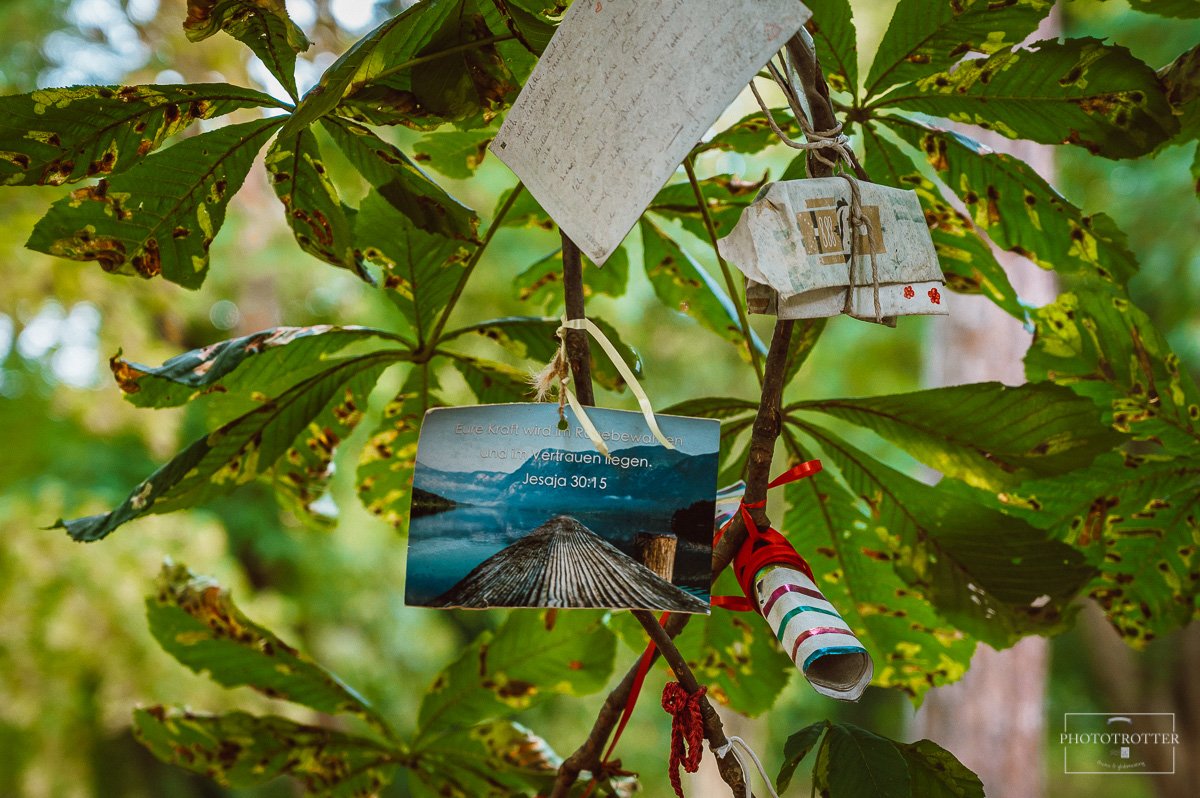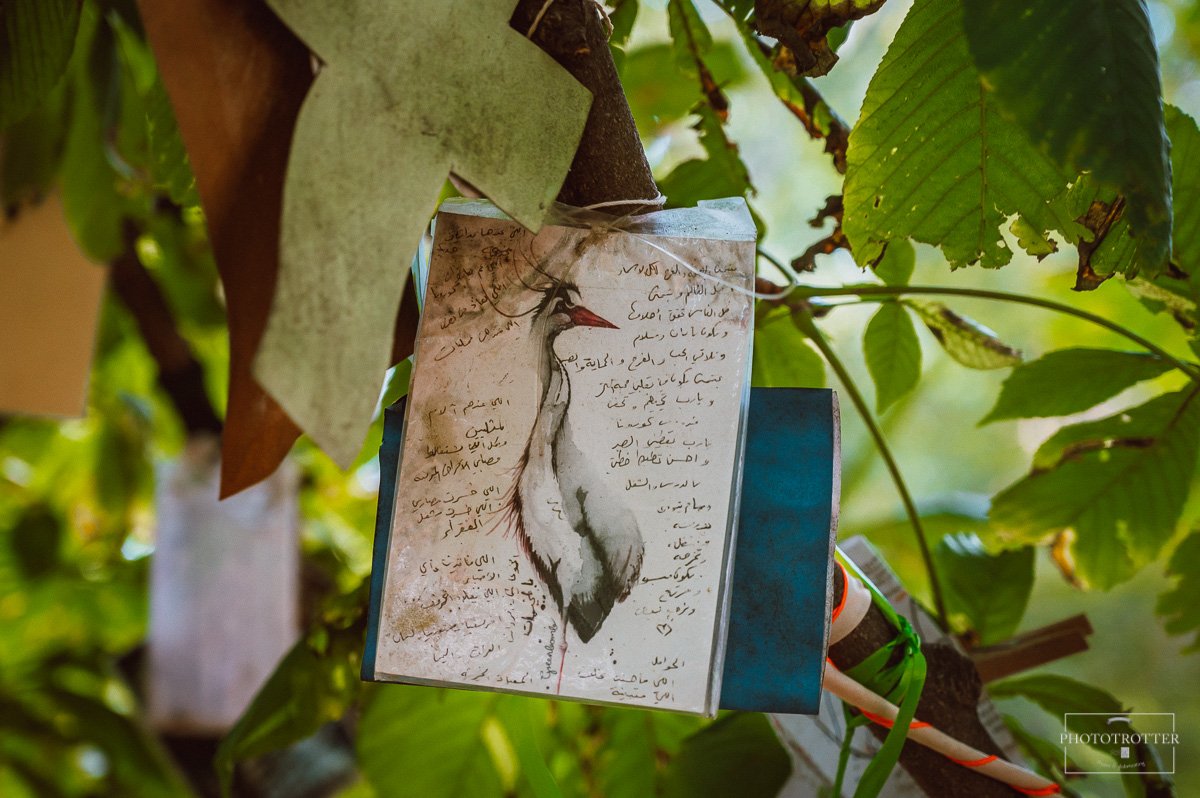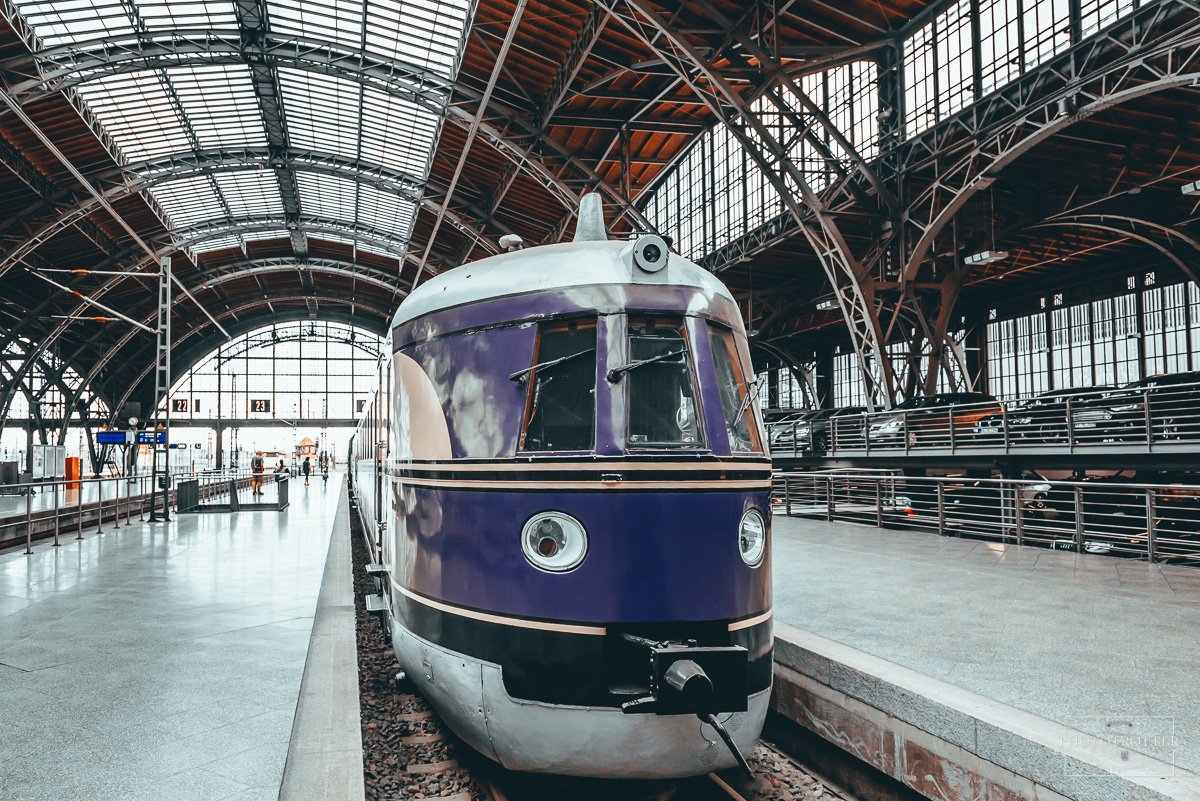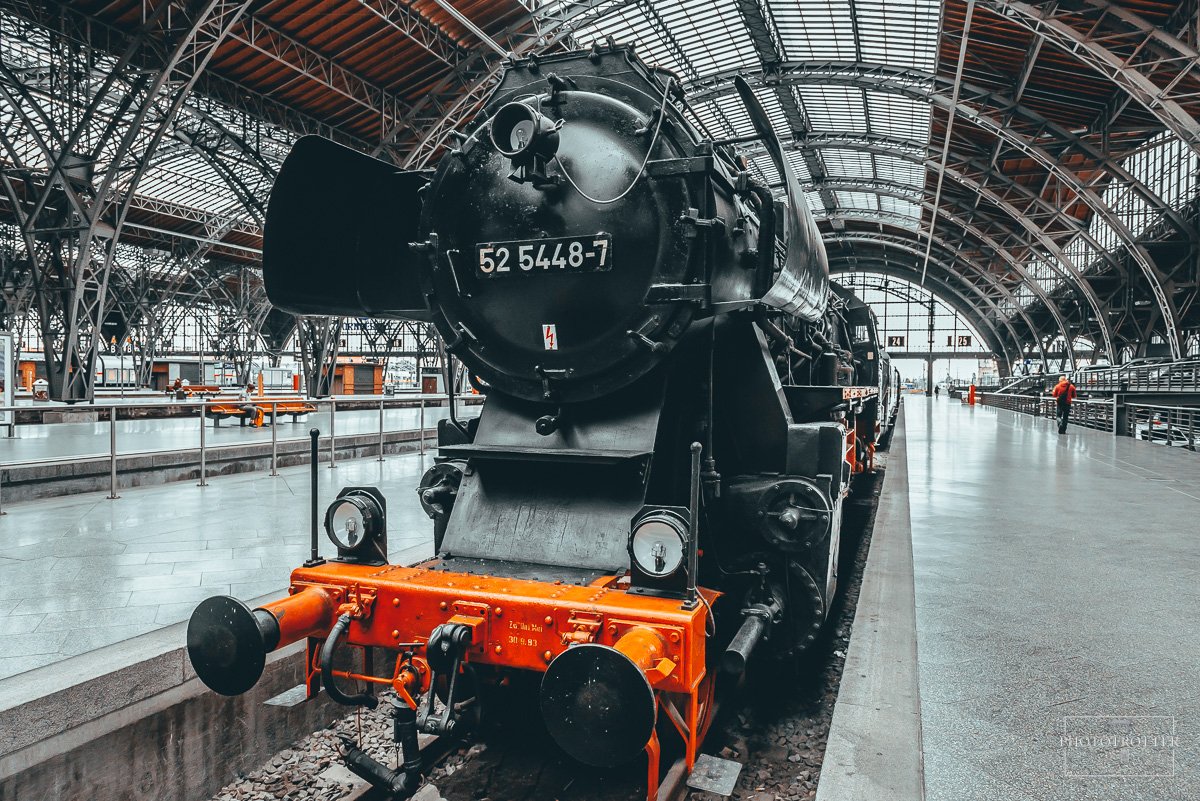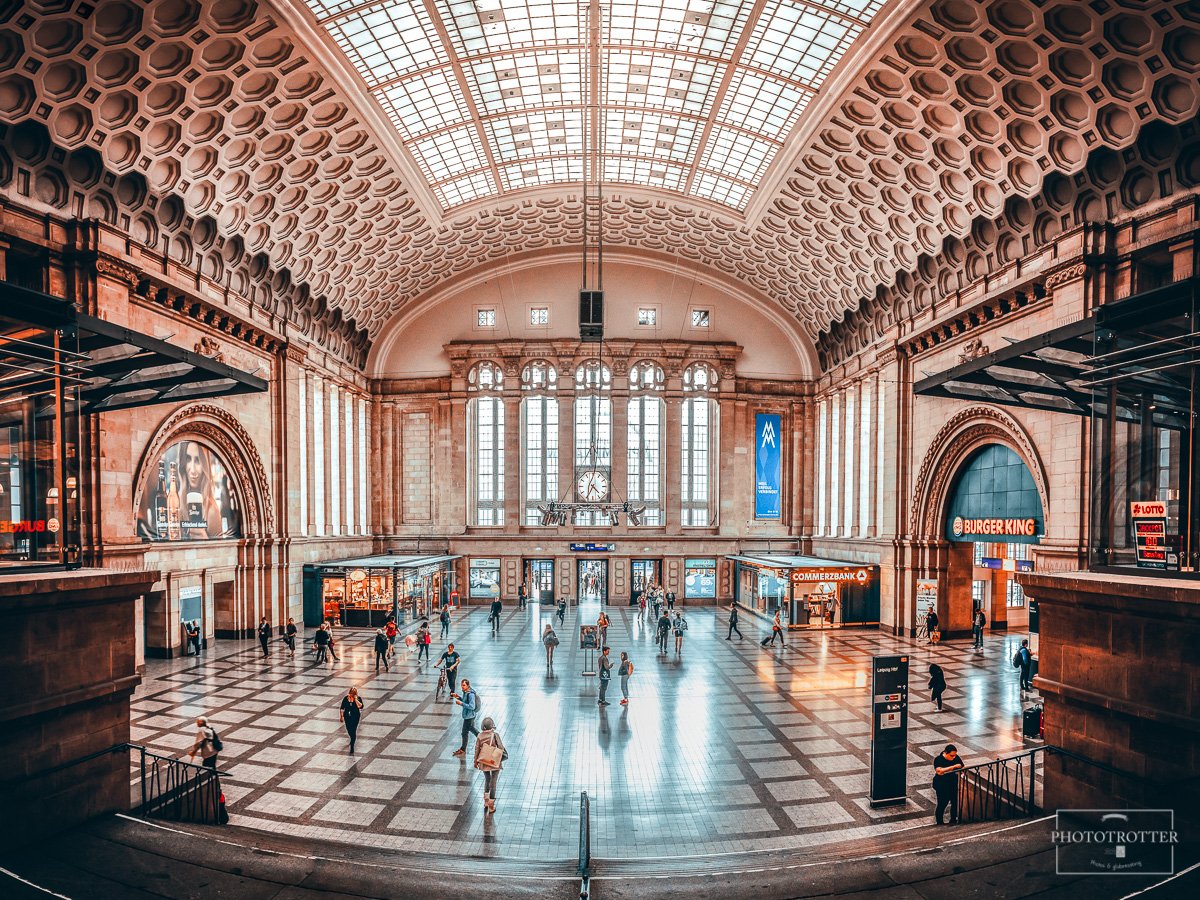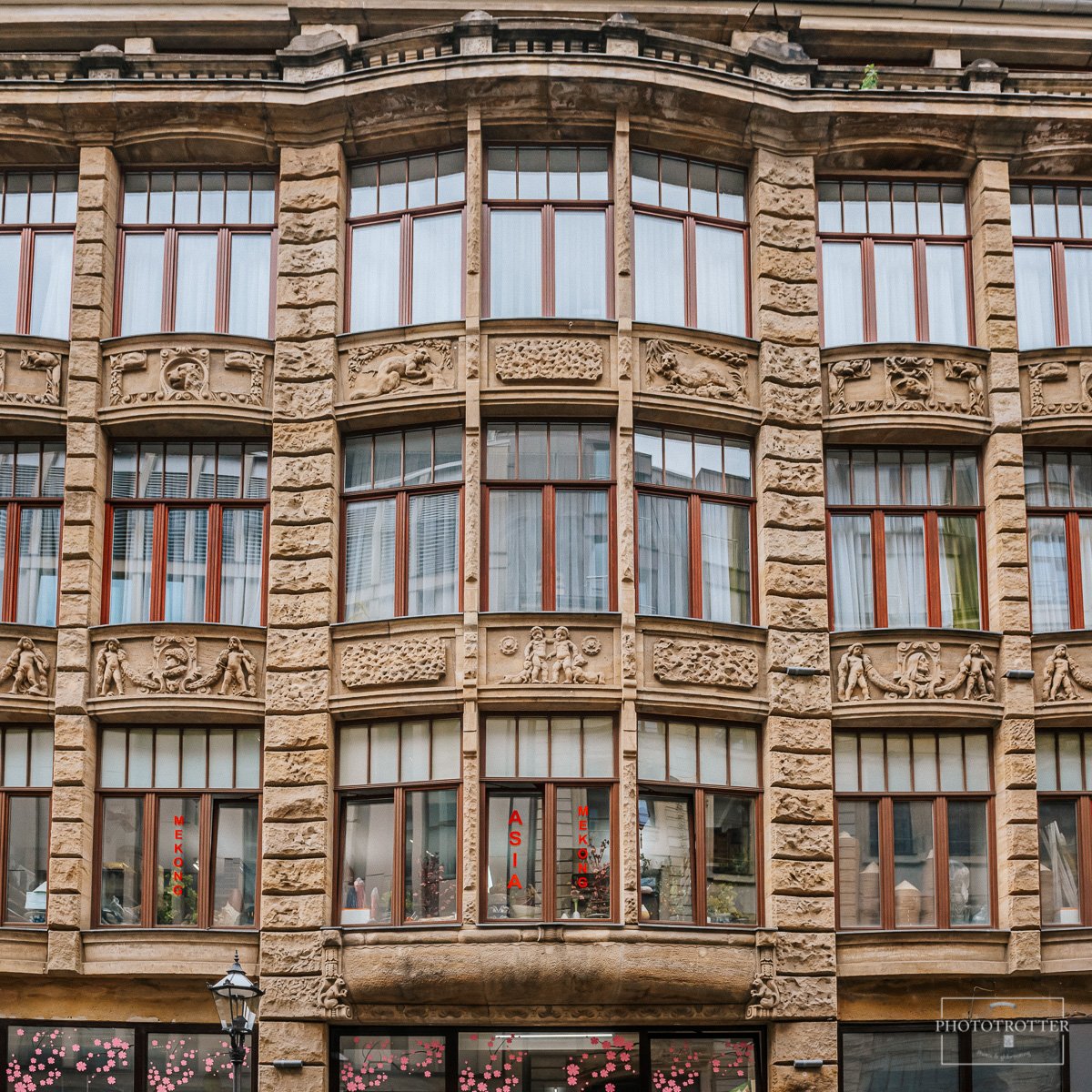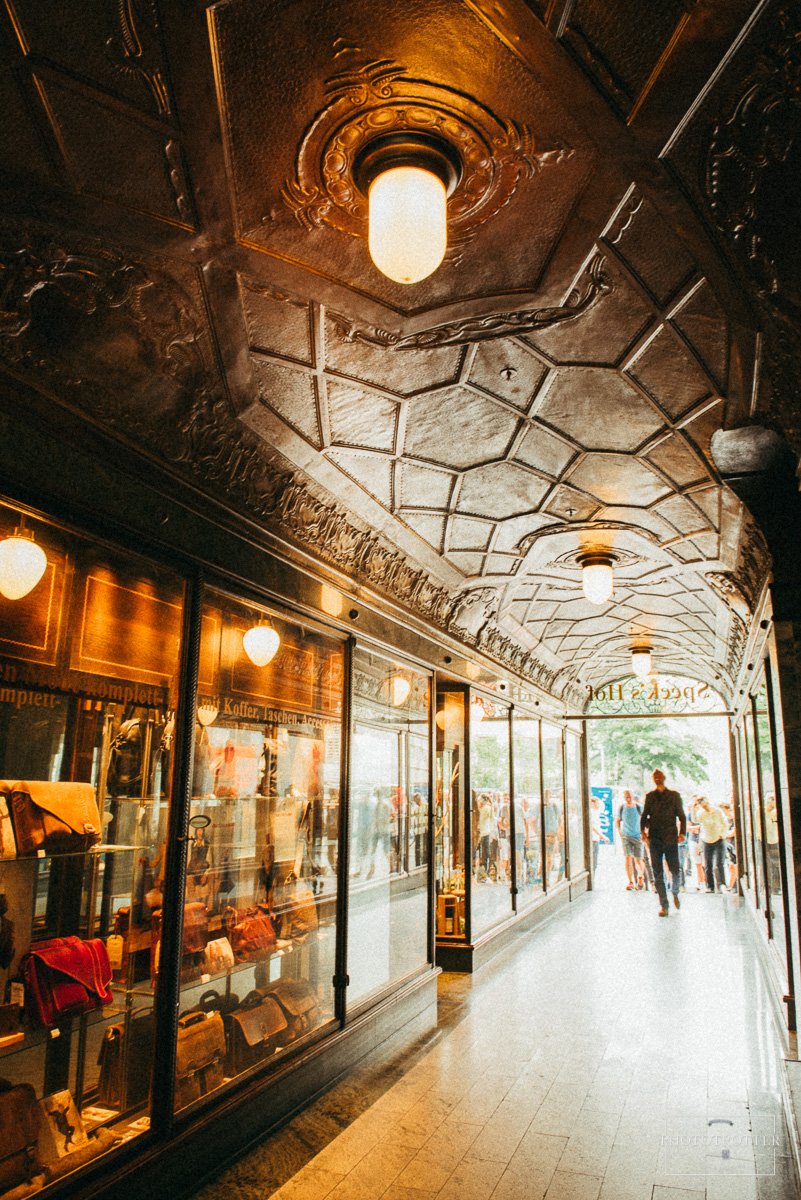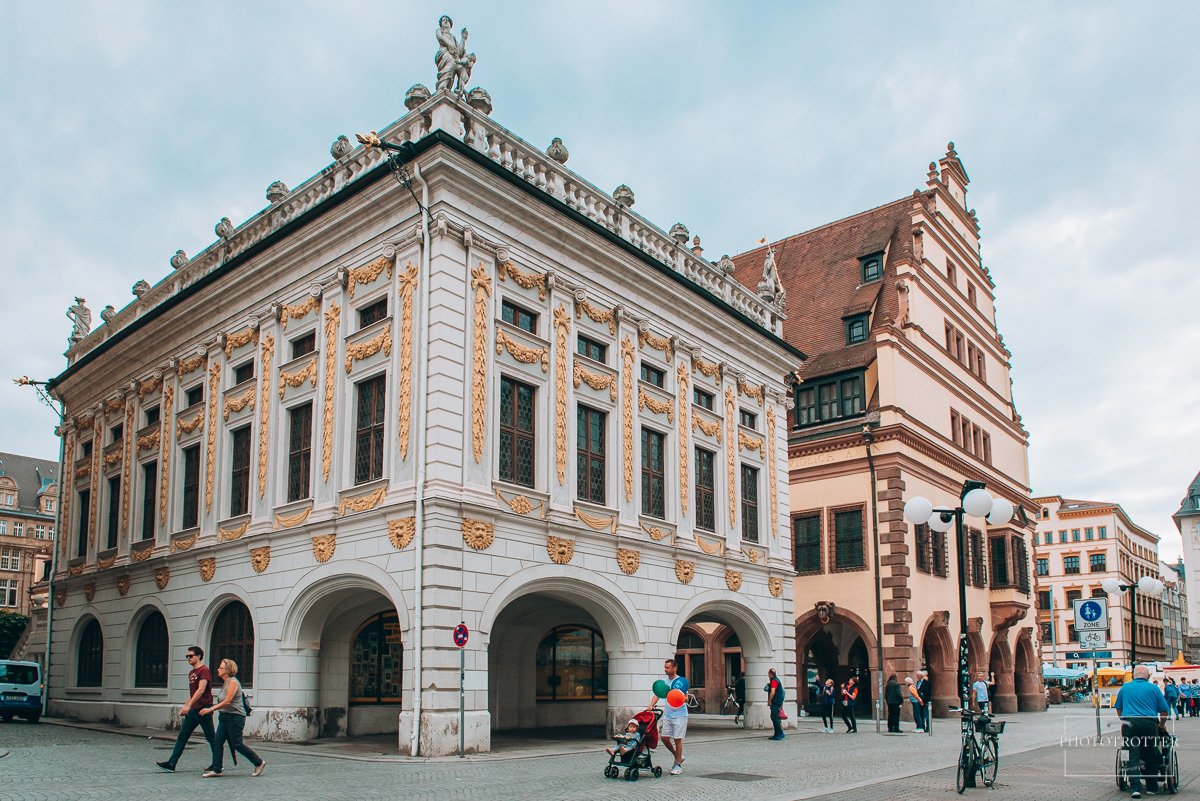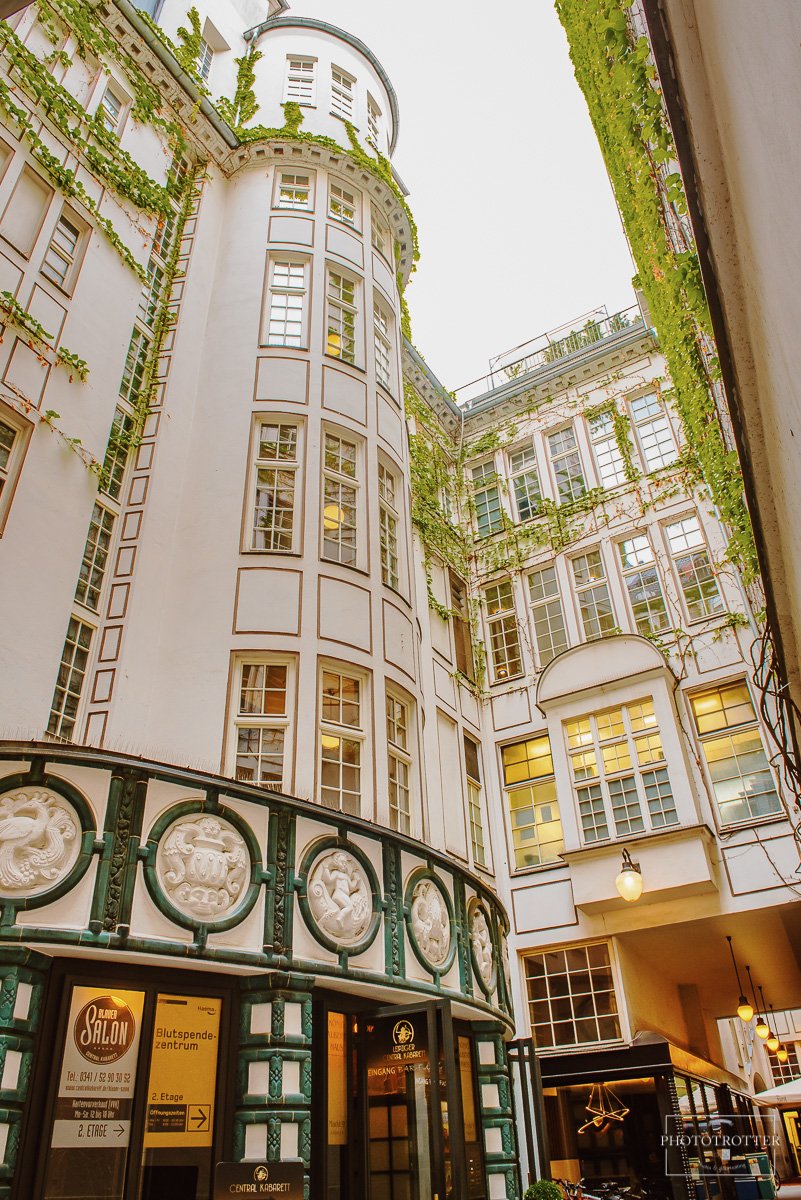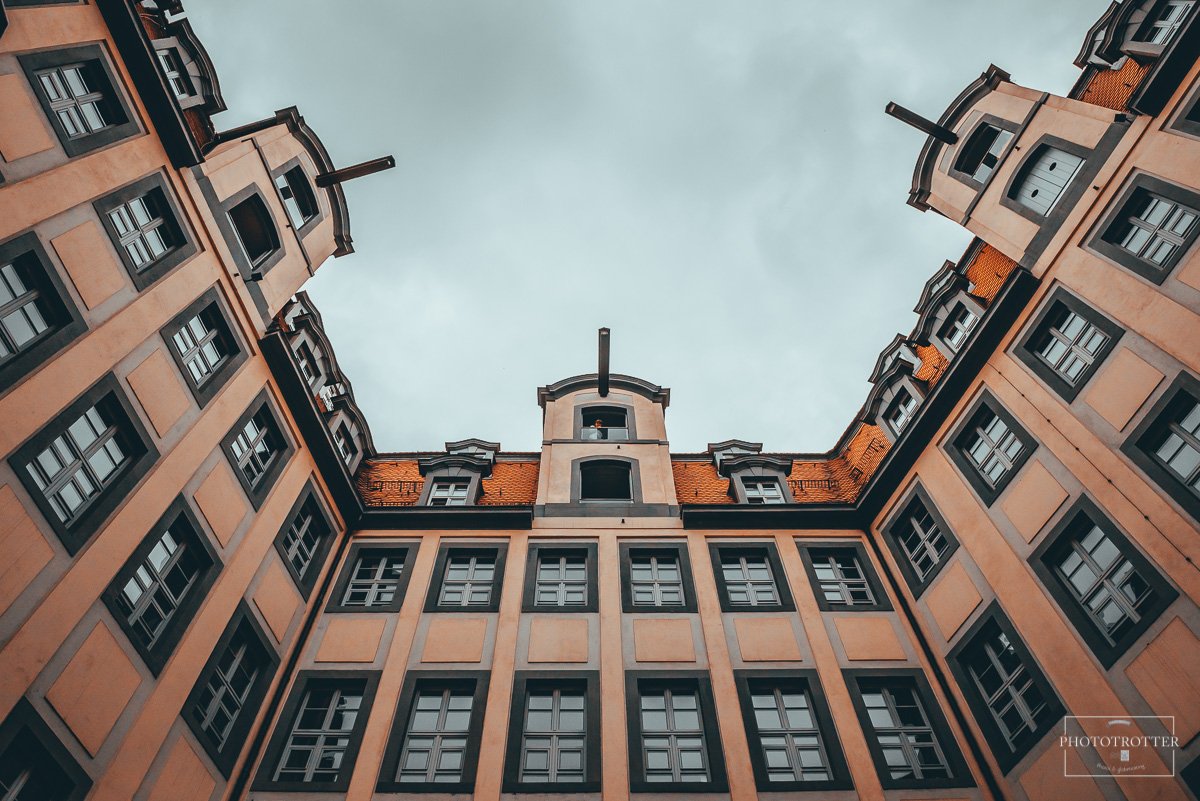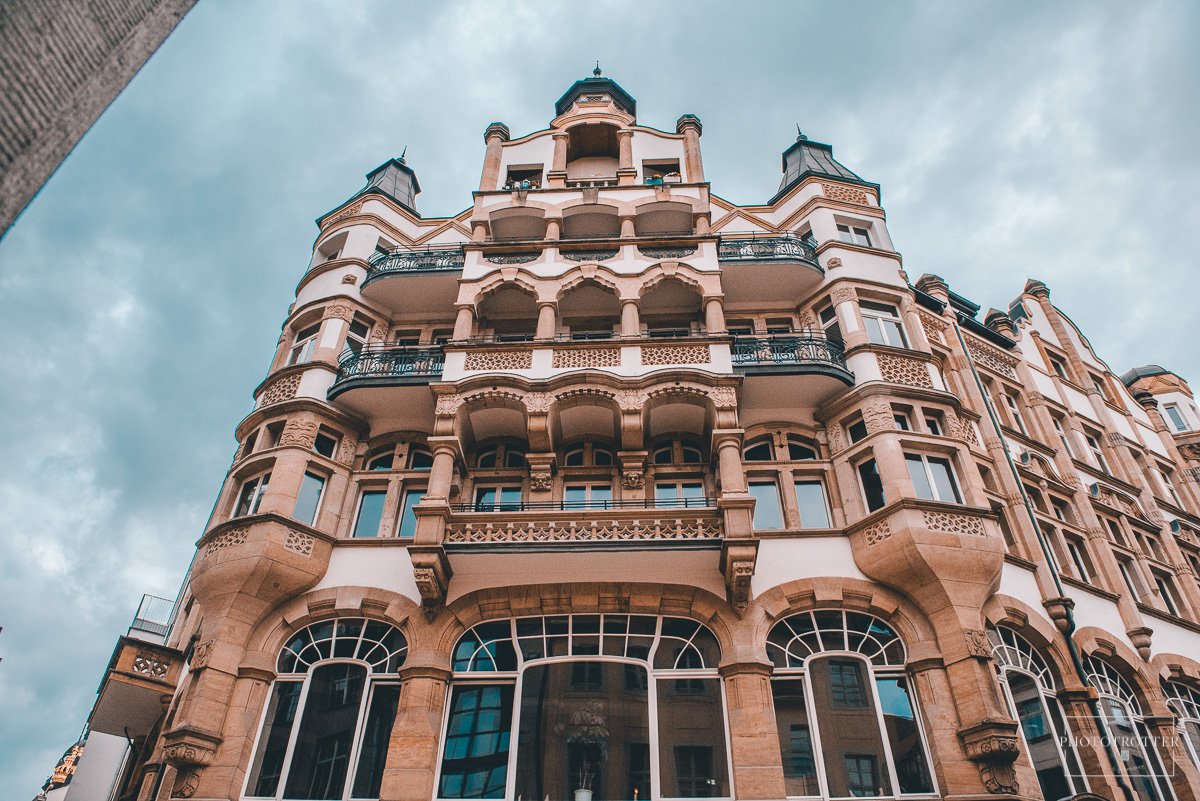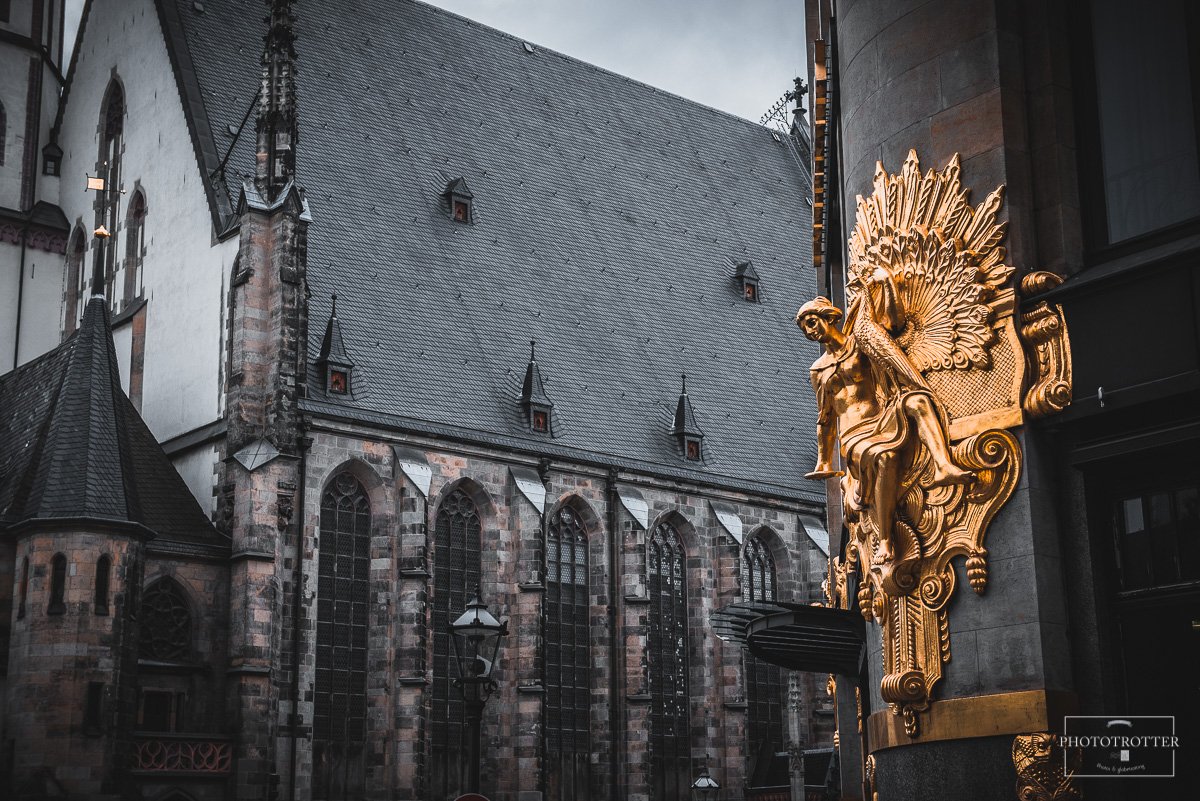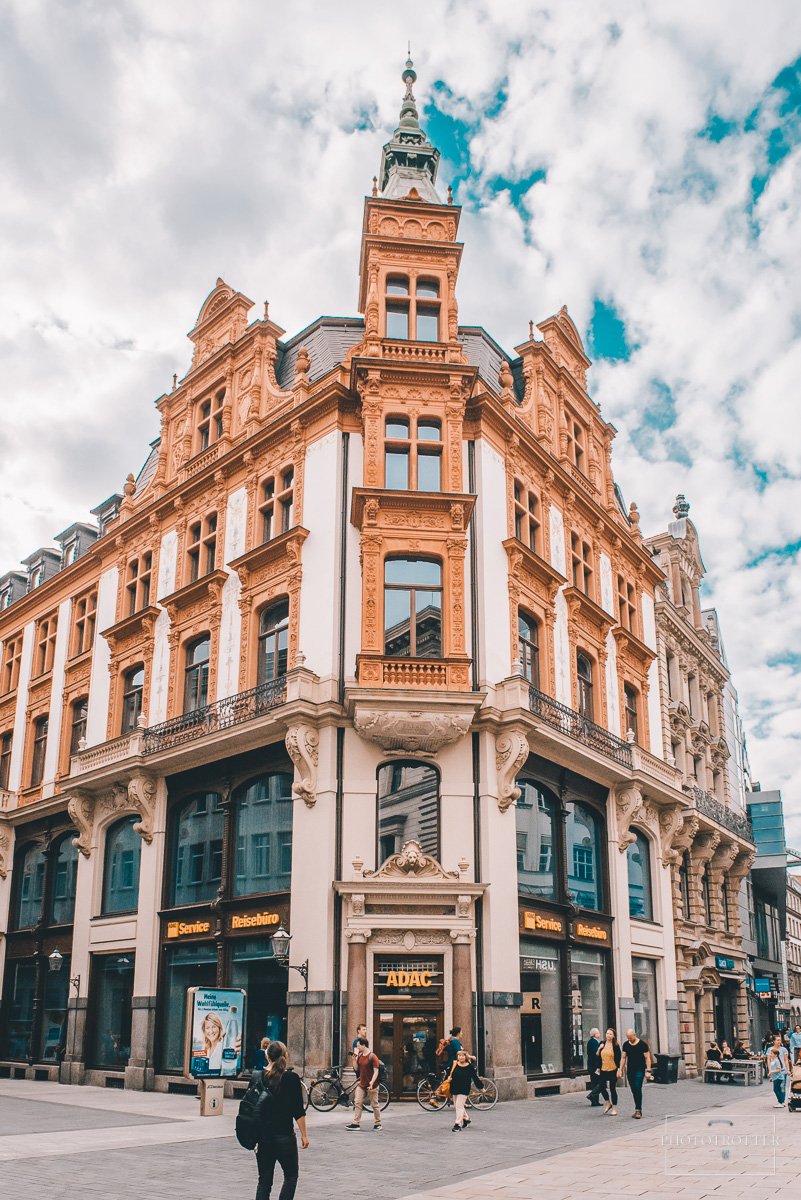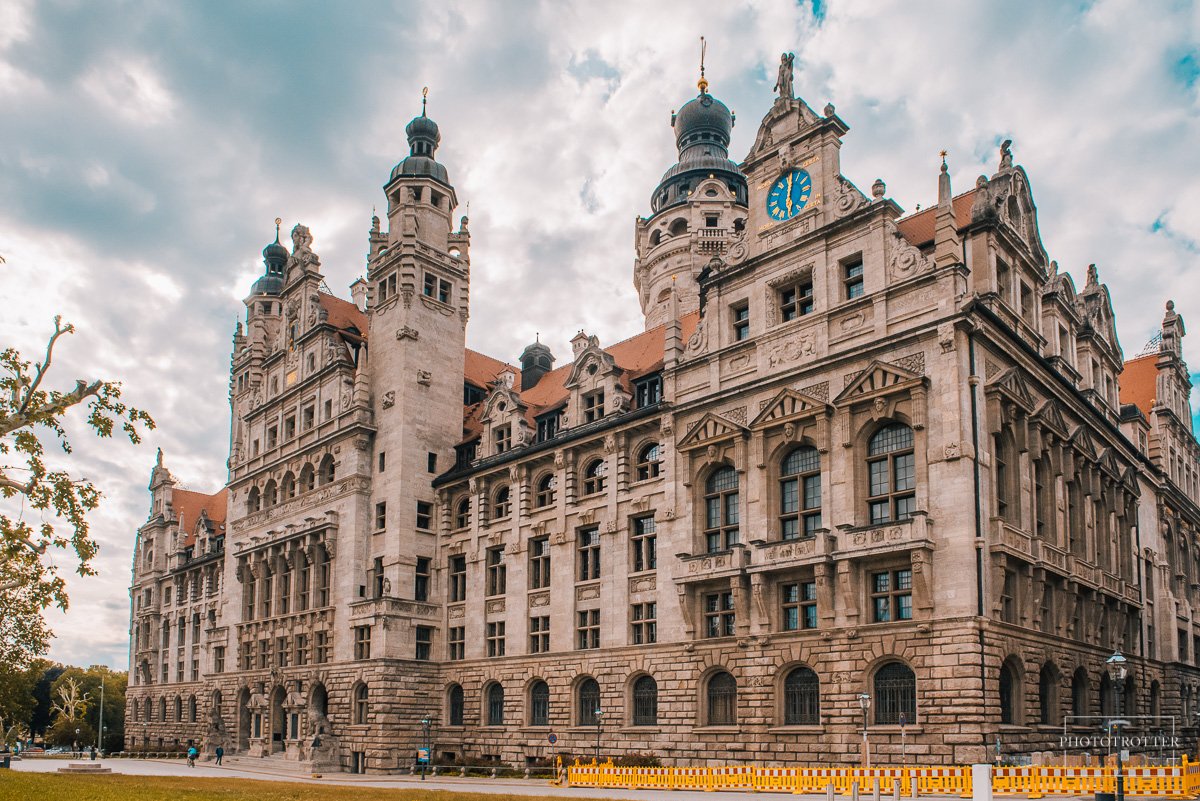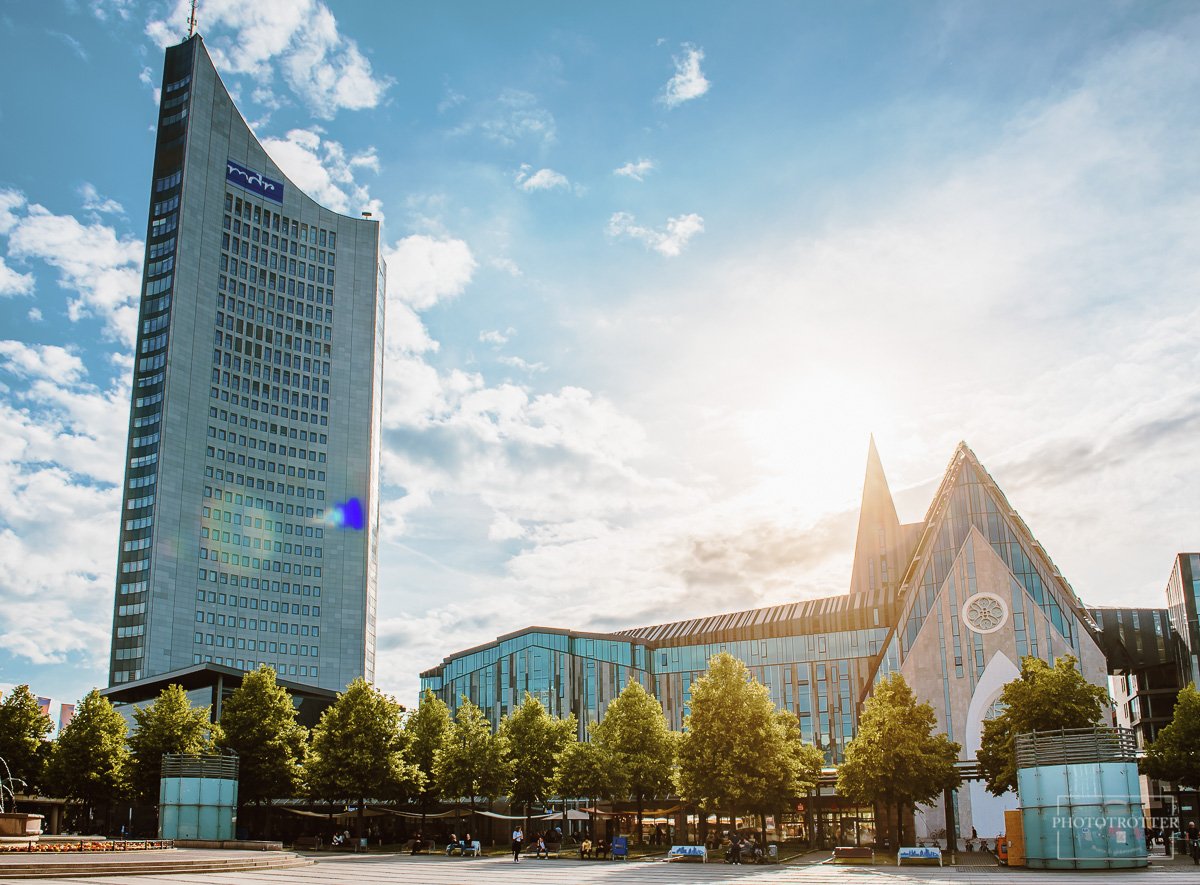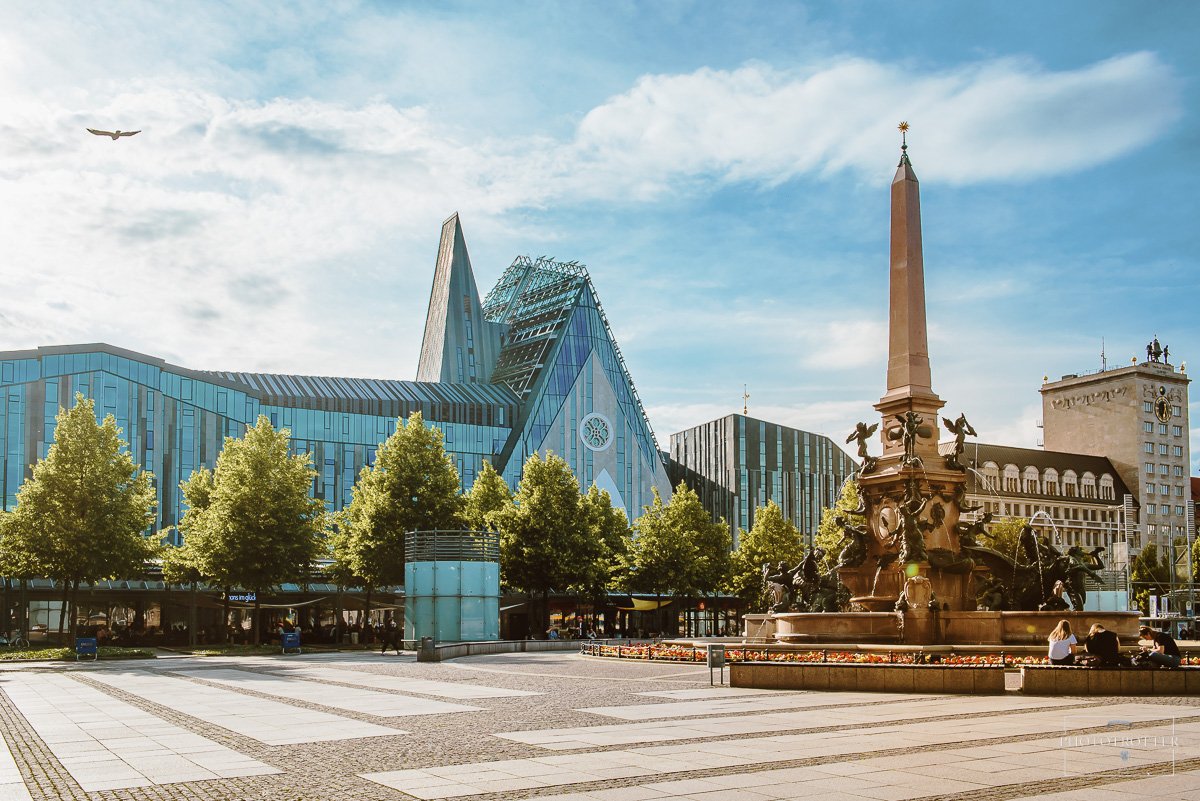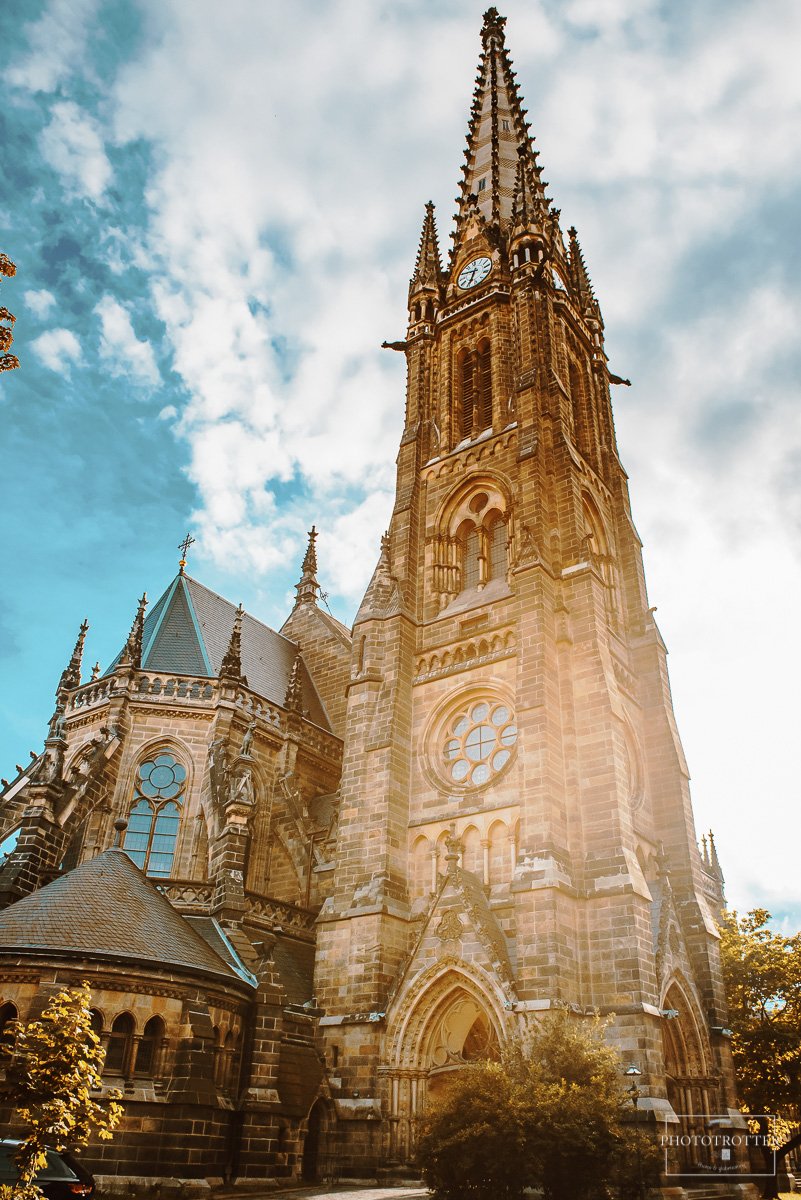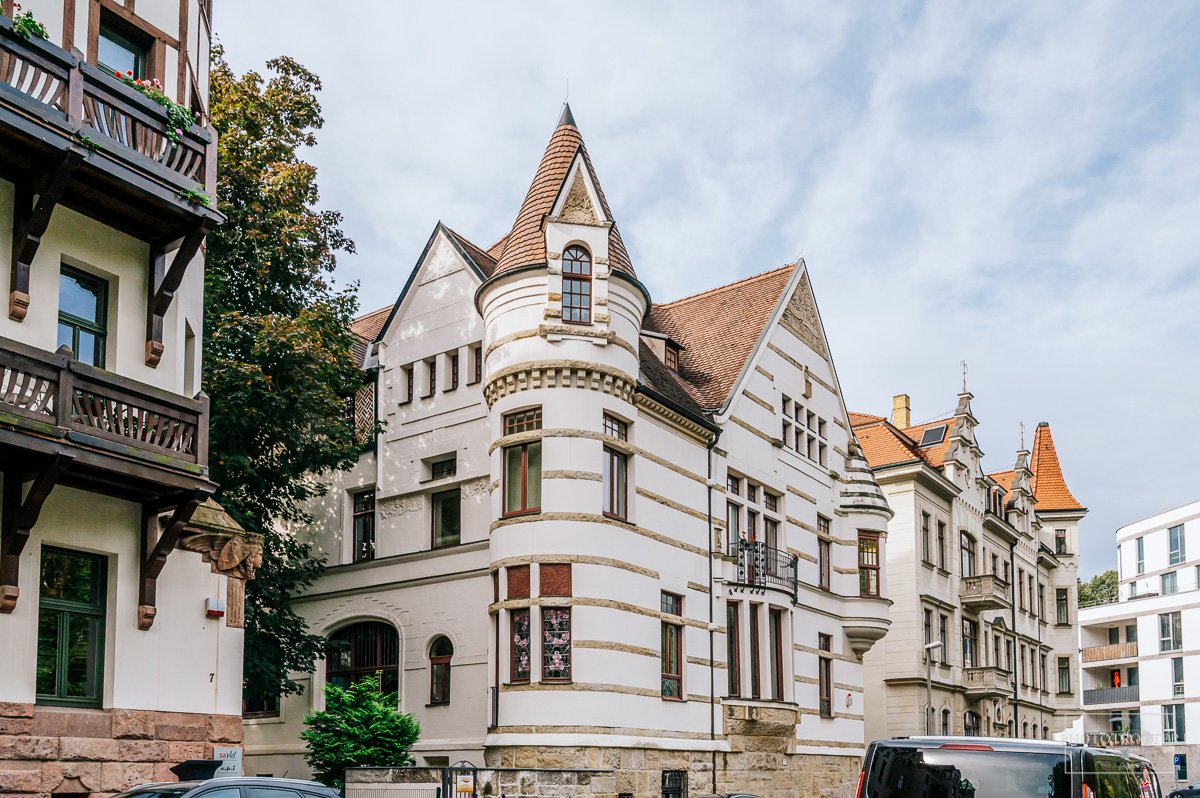A day in Leipzig
Leipzig. Like Berlin, only better. The largest city in Saxony has been basking in the limelight for quite some time. Named, voted or chosen the most livable German city, best city for students (in the top half of the country, at least), the most dynamic German region, European City of the Year 2019 and Lonely Planet’s hottest travel tip in 2021, no wonder it has also acquired the tongue-in-cheek nickname of Hypezig.
But what is all the hype about? We went, we saw, and we were actually convinced. Well… after two visits. We feel we need for least two more for a full picture, but if you’re planning a short visit, we’re here to help with recommendations which will guide you through Leipzig not as a mere tourist, but as a city appraiser, dipping your toes in the lifestyle, vibe and urban culture.
Brace yourselves, lots of scrolling coming.
First stop: the train station
Let’s pretend you didn’t just get off the plane or car, and that you just hopped off the train with the grace of a green panther. Don’t hurry out of here, this is your first stop in Leipzig. Especially if you are a train aficionado.
Electric locomotive from the 1930s
Old Town
The main train station in Leipzig is conveniently located right next to the old city center. Just cross the street and there you are, in a most wonderful twirl of exceptionally preserved houses from the 18th and 19th centuries. A truly classical city center, it stands proof of the city’s importance and panache throughout the past 2-3 centuries.
New Town Hall
Do you know the moniker “little Paris“? Maybe your own home town likes to call itself that. (Mine does, although it’s more like wishful thinking). Well, Leipzig might be the original “little Paris“, because the first to use this label was Goethe in Faust.
Old Town Hall
A place where you can see the world in miniature, as young Lessing wrote when he arrived in Leipzig, mid-18th century. It might also be of importance to mention that he had come to Leipzig for theology, philosophy and medicine studies and ended up translating and writing theater plays for his paramour, a well-known actress of that time.
Student in Leipzig for 3 years. Goethe studied law (theoretically), but spent most of his time interested in literature and poetry. And in Annette, a local merchant’s daughter, for whom he wrote the poem series Annette Lieder.
His statue now overlooks the little Nachmarkt, in front of the Old Stock Exchange.
Passage-exploring
A special feature of the city center is the tight cluster of passages, inner courtyards and arcades. Most of them are shopping galleries, but don’t let that distract you. Just keep looking up!
Even since the late Middle Ages, Leipzig used to be a very important commercial hub. Where there’s trade, there’s city bustle, and then there’s the need to eat and drink. Hence all the passages, inner courtyards, corridors and covered arcades, which helped do all that quicker and in a more comfortable manner.
Most of the buildings and passages, as you see them, are from the mid-19th century, though. There used to be around 50 passages, but some of them were destroyed in the 20th century, and now there are “only“ 30 left. That alone can occupy a good part of your day. Who knows what treasures you will find!
…like this Chinese singing bowl in Hansahaus. Waterless when we last saw it, we couldn’t delight the passers-by with our musical prowess, but if you must know, this is how you make it sing.
Mädler Passage is the fanciest and most popular. Here is the old Auerbach Keller, the best-known local watering holes, even in Goethe’s time. That is where he got his inspiration for the medieval alchemist character, and he even placed one of his Faust scenes in this particular beer cellar. And that is why you will see Faust and Mephisto still eyeing the entrance.
Faust’s shiny shoe tip, guaranteed to bring luck.
The Meissen porcelain carillon (top and right) is a reminder of the fact that the Mädler passage used to be the ceramic and porcelain traders’ place.
Classical symmetry in Barthel’s Hof
Some of the arcades are new and modern, but they still look good. Stairs and escalators in Petersbogen passage
Street art hunting
You will need to leave the center for this, but it is definitely worth your time.
Architecture-spotting
Even if you aren’t an architecture fiend, you won’t be able to overlook the remarkable appearance of Leipzig, a very stylish and dashing mix of Historicism (revival-styles, basically, called in Germany Gründerzeit), Wilhelminism, Art Deco, Expressionism, and Art Nouveau. And surely, the good old prefabricated Plattenbau blocks, (“made of slabs“), sticking out like sore thumbs in the rows of classical buildings.
Former department store Ebert
By the Gothic way, did you know that Leipzig hosts the largest gothic festival, WGT?
One of the first high rises in the city, the modernist Europahaus, 1930
A former trade house, now a cafe. Riquet & Co. were tea and chocolate traders, bringing all sorts of exotic goods from the orient. The Art Nouveau Riquethaus was built in the 1880s, but the company exists since the early 18th century. Even Goethe bought his cocoa here.
Leave the city center
Seriously. Just walk away. Slowly. Go see how the real people live, and where.
Waldstrassenviertel
Might not be the perfect start to see how the real people live, but boy, is it an exquisite neighbourhood! Not many will afford living there, with even fewer buying an apartment, but in Germany people would rather rent than own anyway. Walk and enjoy some exceptionally restored examples of high-class Historicist and Wilhelminian housing.
Zentrum-West - Plagwitz
Keep walking along the White Elster river banks to reach another kind of picturesque neighbourhood, in a former industrial area.
Sudvorstadt / Karli
Karli is the backbone of the Sudvorstadt, south of the city center. Named after the Leipzig-born socialist Karl Liebknecht, the boulevard leads the way into a trendy student neighbourhood, former club-scene and squat-favourable area in the 90s. It cleaned up quite well, the leftists concentrated further down, in Connewitz, and now it’s the go-to place for a night out, cruising the bars and international cuisine options. That is, when you get tired of bar-hopping in the other “pub mile”, Drallewatsch from the Old Town.
A walk in a park
We chose Clara Zetkin Park, which is huge, green, and, like most German parks, only minimally landscaped. It has an artificial river, over said river there’s Sachsenbrücke, a trendy spot for afternoon laidback gatherings or a casual Wegbier (beer for the road)…
… and there’s the Glücksbaum wishing tree, too, where you can hang your wishes or just be a nosy parker and look at what the other wish for.
To misquote S.K.Amos, “happiness is like farting. If you force it, it becomes poop”.
View from Johannapark
Eat a lark pie
While it used to be customary in aristocratic circles to serve pies filled with singing birds, that would dart out warbling when the pie was cut open, and in some other circles to have pies filled with same birds, but cooked whole, the lark pies in Leipzig (Leipziger Lerchen) don’t have larks inside them. Anymore. Hunting them was banned in late 19th century.
Now they are a little Kalorienbombe filled with marzipan, with a heart of cherry or jam. Quite yummy, we recommend. Try not to think of the poor larks, though, pie-baked and eaten whole, bones and everything. Or the fact that the cross on top is a reminder of how the birds’ wings and feet were trussed with twine.
“Sing a song of sixpence, a pocket full of rye,
Four and twenty blackbirds, baked in a pie.”
Finally, the end! This tour de force is roughly 15 km long, totally doable in one day, if you must. Bring lots of Lerchen to keep your strength!
Next time we’ll take you to the less reputable neighbourhoods, because a city’s personality lies in all its nooks and crannies, and so far we only showed you the fancy part of Hypezig. Stay tuned for the next Leipziger chapter… The döner, the left and the Plattenbau!
See many more photos in the gallery or the slideshow below:

